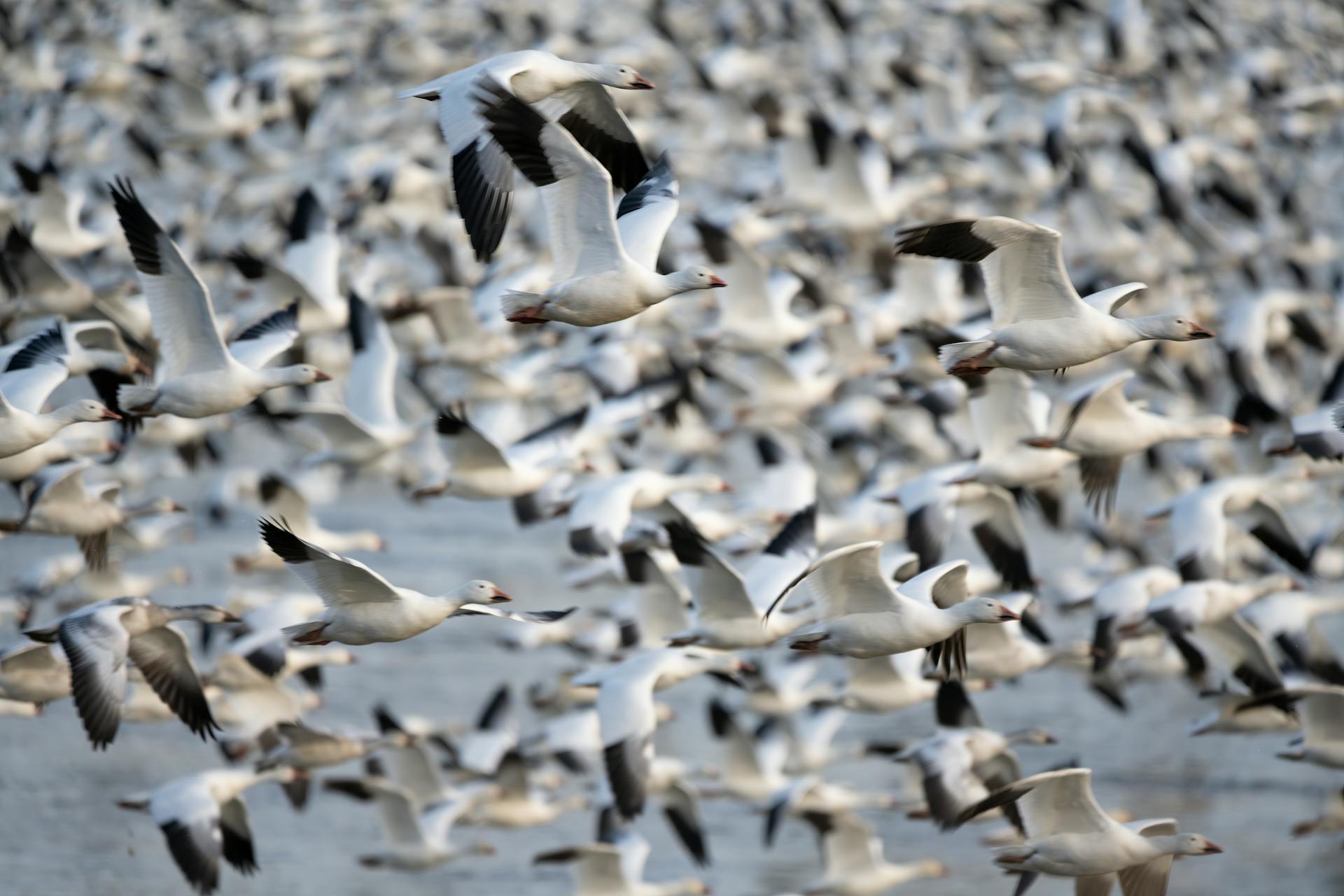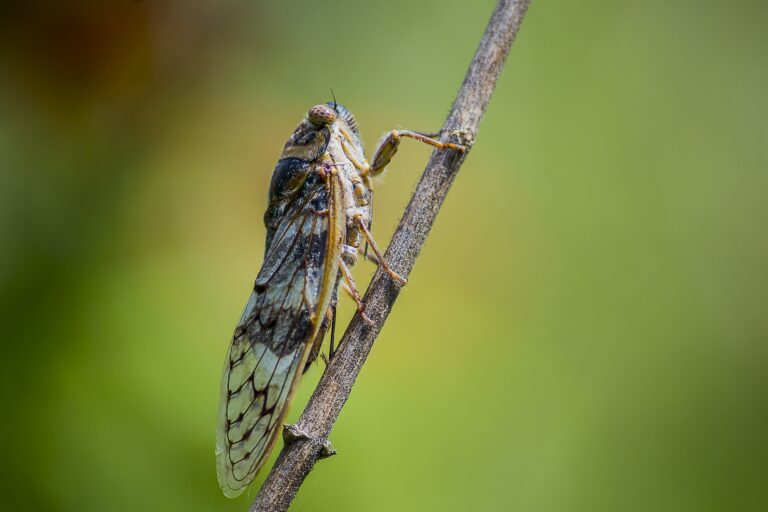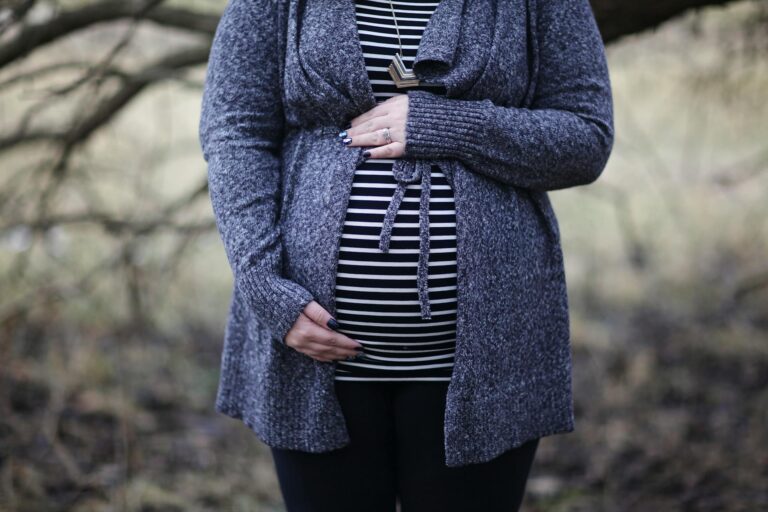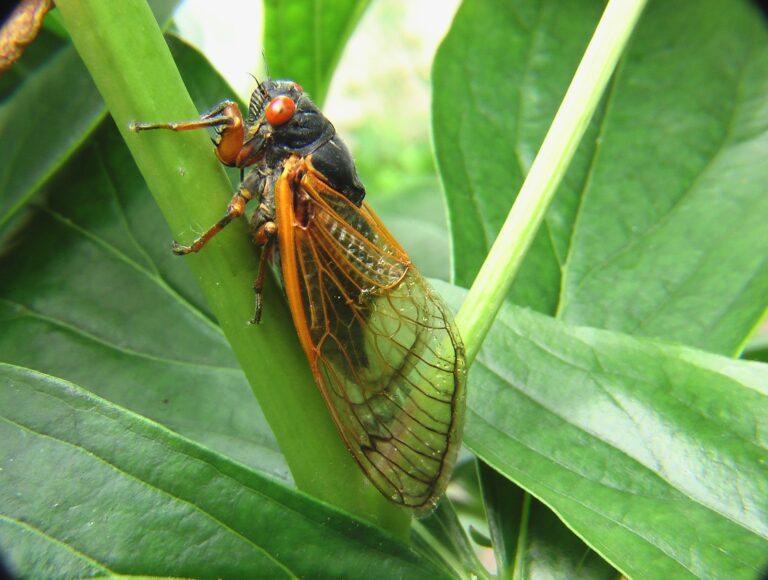Tonight, and the following days, millions of birds will use the skies over Illinois as their path during a massive migration. This important event in spring is not just captivating for bird watchers but also vital for environmental health.
Migration Dynamics and Environmental Impact
With the arrival of spring, hundreds of millions of birds begin their journey to the north across America. Illinois, offering various landscapes such as cities and countryside, acts as an essential stop for these migrating species. Guided by a strong natural impulse, they travel here to reach their breeding grounds, where they will reproduce and raise new chicks.
Observational Opportunities and Ecological Significance
The large movement of birds is not only fascinating to watch but also critical for ecological studies and conservation work. As these birds travel through Illinois, they provide valuable information for researchers looking into bird migration patterns, the wellbeing of bird groups, and environmental effects. The local people also enjoy a great chance to connect with nature and gain a deeper respect for the important roles these animals have in our ecosystem.
Highlight of Key Data,
- Total Migratory Birds, this spring, about 313 million birds flew over Illinois on their way to places like Wisconsin and Canada.
- Optimal Migration Time, the most active hours for bird migration are from late at night around 11 p.m. to early morning at about 6 a.m., taking place mostly in darkness.
Diversity in Species
This period of migration demonstrates many bird species, including various warblers like the Yellow Warbler and Nashville Warbler, migrate extensively. The Baltimore Orioles are also frequent flyers during this period. Illinois serves as a popular stopover for these birds, providing spectacular opportunities for both local and visiting bird enthusiasts.
Urgent Safety Measures
This migration is amazing but also brings significant risks from humanmade structures such as buildings and power lines. To address these threats, experts recommend several preventive steps,
Key Safety Recommendations,
- Light Reduction, people should reduce or turn off unnecessary outdoor lights from 11 p.m. to 6 a.m. to prevent birds from being confused and crashing into buildings.
- Indoor Pet Policy, keeping cats and other predatory pets inside during the height of migration can greatly lower the chances of bird deaths.
Challenges and Threats
The journey is very dangerous for migratory birds. Every year, thousands die hitting glass covered buildings and high-tension power lines. Light pollution makes this worse by attracting birds to these lethal urban areas.
Community Involvement
Local communities can greatly improve the survival rates of these birds through some straightforward methods,
- Switching Off Lights, turning off non lights during migration times can significantly reduce bird collisions.
- Observation and Documentation, bird watchers and citizens should observe the migration and record what they see. Sharing these notes aids scientists in tracking migration routes and evaluating conservation efforts.
Extended Migration Expectations
This busy period of bird activity is an ongoing event. Bird cast predicts continued trends. Heavy migratory traffic continues through Illinois on Monday and Tuesday evenings, presenting further opportunities for community observation and involvement.
Educational Opportunities
Schools and educational groups can use this migration period for learning. By setting up night-time events and educational discussions, educators can raise awareness and deepen understanding of bird migration.
Conclusion, A Call to Action
The spring migration is a beautiful example of nature’s cycles and highlights the strong connections in our ecosystem. By taking steps to protect these migratory birds, communities can enjoy this event while keeping the birds safe on their important ecological trip. As we observe one of nature’s impressive phenomena, we must recognize our responsibility to safeguard these vulnerable travelers. This migration season offers more than just a natural display. It’s an opportunity to actively support conservation efforts.
Birds not only bring joy but also require us to act responsibly for their wellbeing.











+ There are no comments
Add yours